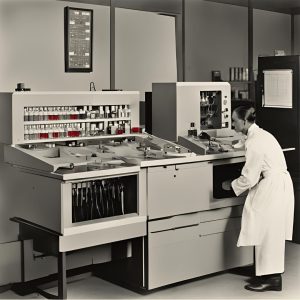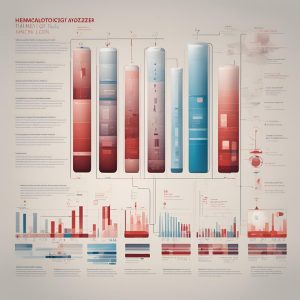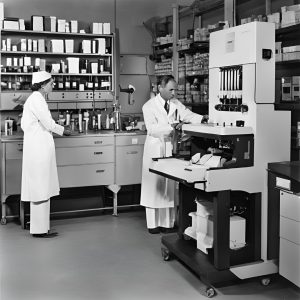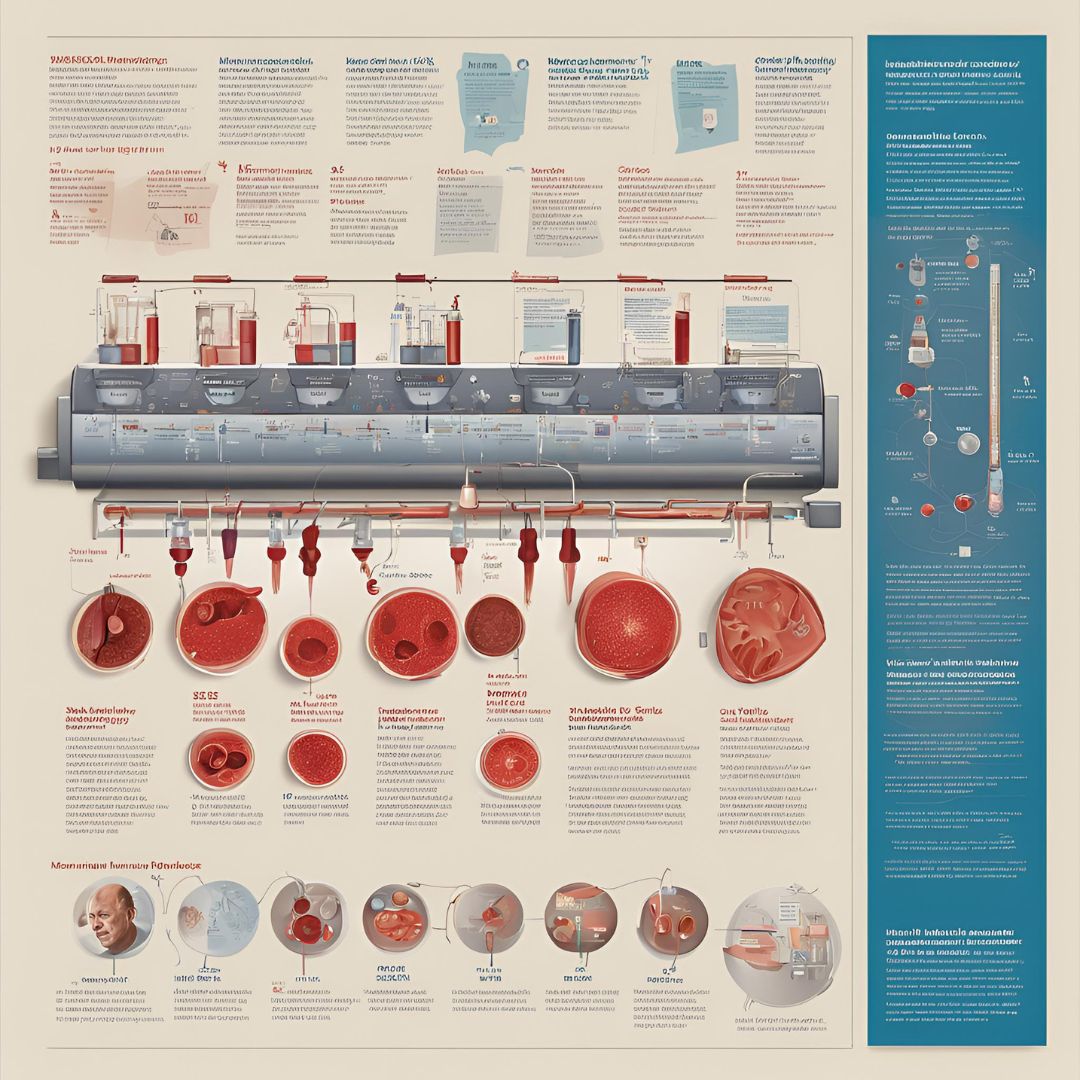Hematology, the study of blood, has been at the core of medical science for centuries. But before the rise of advanced technology, doctors and scientists relied on manual methods to analyze blood samples. The hematology analyzer, a groundbreaking innovation in the field, has revolutionized how we approach blood analysis today. Let’s take a journey through its history.
Early Blood Analysis: The Manual Days
Before machines took over, analyzing blood was a labor-intensive and time-consuming process. The earliest methods involved staining blood samples on glass slides and counting blood cells under a microscope. This painstaking procedure was not only slow but also prone to human error. Results could vary depending on the skill and experience of the technician performing the analysis.
The need for more consistent and accurate results drove researchers to look for a better way.

The Birth of Automation: The 1950s and 60s
The real breakthrough in hematology came in the 1950s when automation was introduced to medical laboratories. In 1956, Wallace Coulter developed the first practical hematology analyzer, which used the principle of electrical impedance to count blood cells. This technology, known as the Coulter Principle, was a game-changer.
Instead of manually counting cells, the analyzer could now pass a diluted blood sample through a tiny aperture. As each cell passed through, it created a change in electrical resistance, allowing the machine to count and size the cells automatically. This reduced both the time required for analysis and the variability of results.
By the 1960s, Coulter’s machines had become the standard in medical laboratories worldwide, marking the start of a new era in blood analysis.

Advancements in the 1970s and 80s: More Than Just Counting Cells
The 1970s saw further improvements in hematology analyzers. These devices could now measure more than just red and white blood cells; they could analyze hemoglobin levels and other key blood components. This period also marked the introduction of flow cytometry, a technique that uses laser light to analyze cells, adding another layer of precision to blood testing.
By the 1980s, hematology analyzers had become even more sophisticated. Machines could now differentiate between different types of white blood cells, providing a more comprehensive view of a patient’s immune system and overall health.

Modern Hematology Analyzers: Precision and Speed
Today’s hematology analyzers are a far cry from the early manual methods. Modern machines use a combination of technologies, including electrical impedance, laser light scatter, and fluorescence, to provide highly accurate and detailed blood analyses. They can measure red and white blood cell counts, platelet levels, hemoglobin, hematocrit, and even detect abnormal cells—all within minutes.
Additionally, modern analyzers are designed to handle large volumes of samples, making them essential tools in hospitals, clinics, and research laboratories. They’re equipped with software that can store and analyze vast amounts of data, providing healthcare professionals with insights that would have been unimaginable just a few decades ago.

